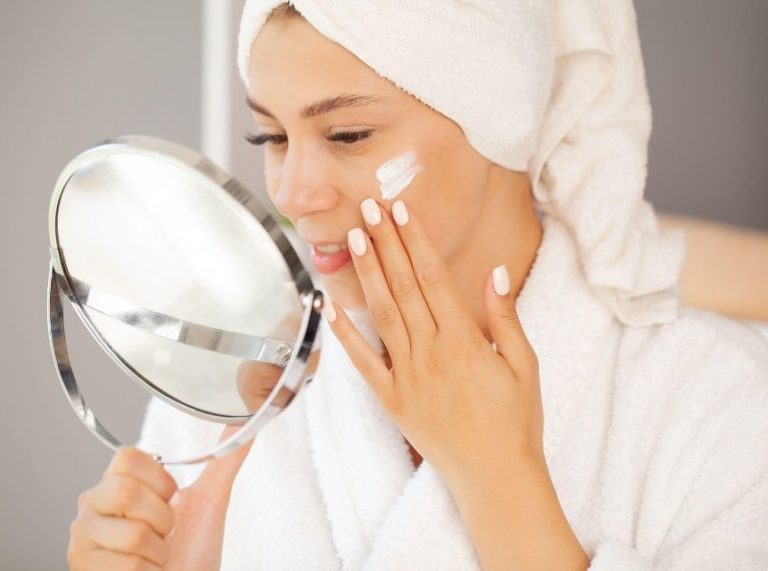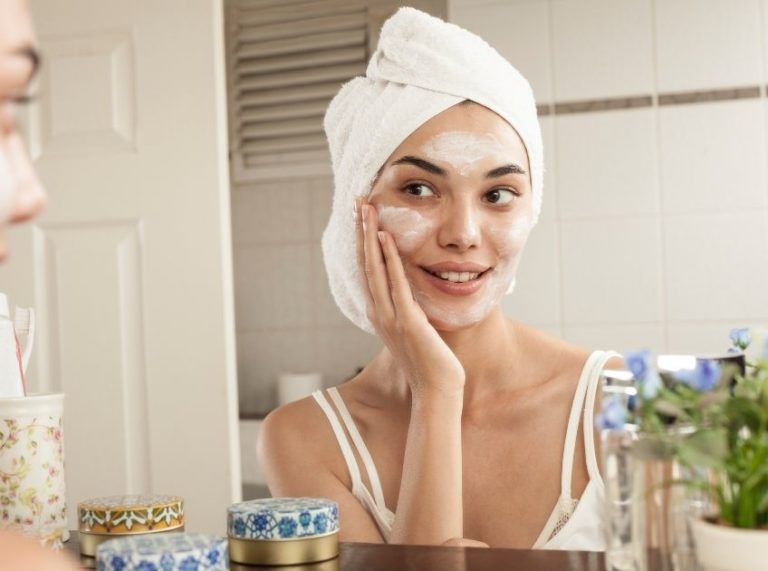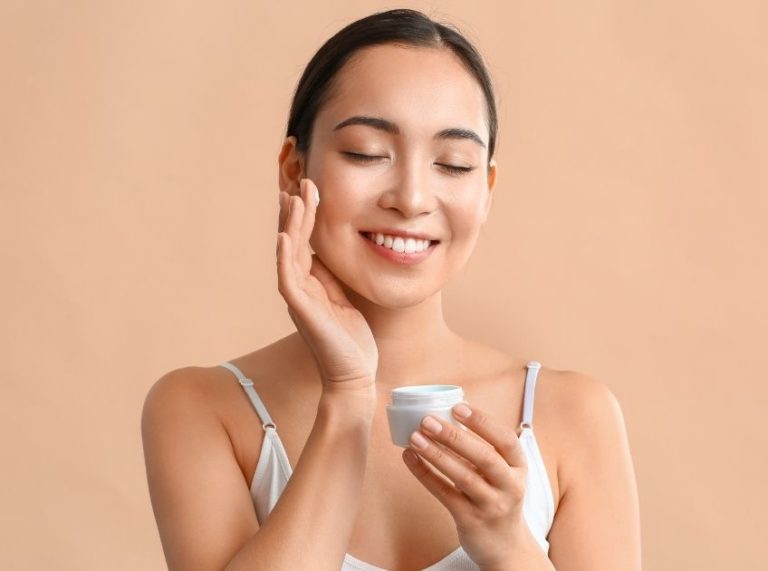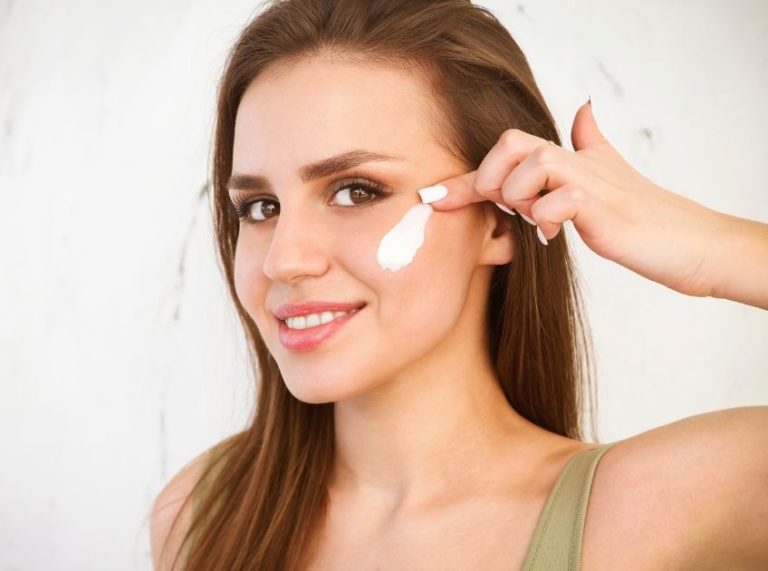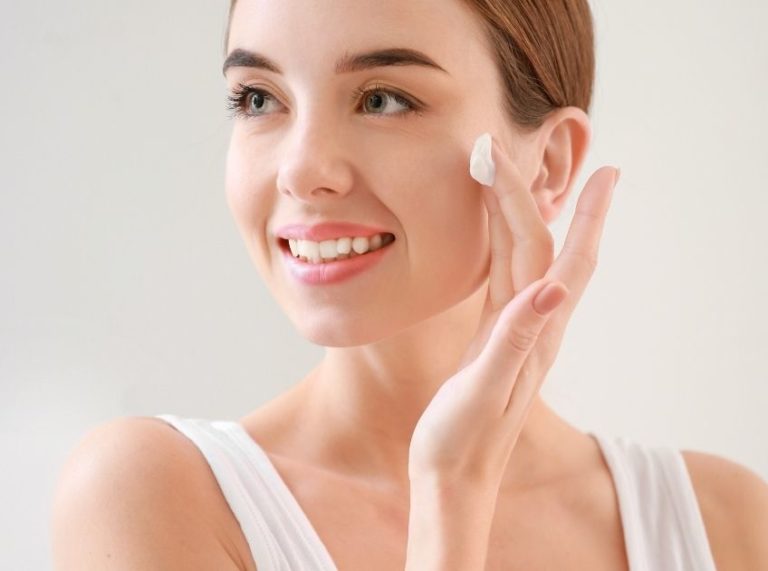
Important: This article is for informational purposes only. Please read our full disclaimer for more details.
Cleansing is the first and most important step in any skincare routine — but not all cleansers are created equal. The right one removes dirt, oil, and impurities without stripping your skin’s natural barrier. The wrong one? It can leave you dry, tight, irritated, or even trigger breakouts.
With countless products on the shelves — foaming, gel, oil-based, micellar, and more — it’s easy to feel lost. But choosing the best face cleanser isn’t about trends or fancy packaging; it’s about understanding your skin type and picking ingredients that work with your skin, not against it.
Let’s break down how to find your perfect match — step by step — so your cleansing routine truly supports healthy, glowing skin.
Step-by-Step Guide: How to Choose the Right Face Cleanser for Your Skin Type
Choosing a cleanser is like choosing a diet — it should be tailored to your individual needs. Here’s how to make the right choice based on what your skin actually needs.
Step 1: Identify Your Skin Type
Before you buy a cleanser, you need to know your skin type. Here’s a quick way to tell:
- Normal Skin: Feels balanced — not too dry or oily — with minimal breakouts.
- Oily Skin: Appears shiny, especially in the T-zone (forehead, nose, chin). Prone to enlarged pores and acne.
- Dry Skin: Feels tight, flaky, or rough after washing.
- Combination Skin: Oily in some areas (like the T-zone) and dry in others (like cheeks).
- Sensitive Skin: Easily irritated, red, or reactive to products.
Science insight: Dermatologists suggest using the “bare face test” — wash your face with a mild cleanser, pat dry, and wait for an hour. Notice how your skin feels. Tightness indicates dryness; shine suggests oiliness.
Step 2: Choose the Right Cleanser Texture for Your Skin Type
Different skin types thrive on different cleanser textures. Let’s explore what works best for each.
i. For Oily Skin: Go for Gel or Foaming Cleansers
Gel or foaming cleansers help remove excess oil and unclog pores without leaving residue. Look for ingredients like salicylic acid, niacinamide, or tea tree extract — known for their oil-controlling and acne-fighting properties.
Science tip: Studies published in the Journal of Clinical and Aesthetic Dermatology show that salicylic acid penetrates pores and reduces sebum production, making it ideal for oily and acne-prone skin (1).
ii. For Dry Skin: Choose Cream or Lotion Cleansers
Dry skin needs hydration and nourishment, not harsh stripping agents. Cream-based cleansers with ceramides, hyaluronic acid, or glycerin help retain moisture while cleansing gently.
Why it works: Ceramides strengthen the skin’s barrier, preventing transepidermal water loss (TEWL). Research in the Journal of Dermatological Science confirms their role in maintaining hydration and skin elasticity (2).
iii. For Combination Skin: Try a Balancing Gel-Cream Formula
Combination skin benefits from cleansers that hydrate dry areas while controlling shine. Gel-cream formulas with vitamin B5, green tea, or aloe vera strike the perfect balance.
iv. For Sensitive Skin: Use a Gentle, Fragrance-Free Cleanser
Avoid alcohol, sulfates, and fragrances. Instead, look for mild surfactants like cocamidopropyl betaine and soothing agents like chamomile or calendula extract.
Dermatologist note: A study in Dermatitis Journal highlights that fragrance and alcohol are common irritants that can damage the skin barrier, especially in sensitive skin (3).
v. For Normal Skin: Stick with a Gentle, pH-Balanced Cleanser
If your skin isn’t particularly oily or dry, choose a mild cleanser that maintains your skin’s natural balance. Ingredients like vitamin E and aloe vera keep your complexion fresh and hydrated.
Step 3: Understand What Ingredients to Look For (and Avoid)
Beneficial Ingredients to Look For
- Hyaluronic Acid: Locks in moisture, ideal for dry skin.
- Niacinamide: Reduces redness and regulates oil production.
- Salicylic Acid: Unclogs pores and fights acne.
- Aloe Vera & Green Tea: Soothes irritation and inflammation.
- Ceramides: Restore the skin barrier.
Ingredients to Avoid:
- Sulfates (SLS/SLES): Harsh foaming agents that strip oils.
- Alcohol (denatured or SD alcohol): Dries out skin and irritates.
- Synthetic Fragrance: Triggers sensitivity and redness.
- Harsh exfoliants: Overuse can cause microtears and inflammation.
Research reference: A 2021 study in Frontiers in Medicine emphasized the importance of avoiding harsh surfactants that disrupt the acid mantle (skin’s natural pH), leading to irritation and premature aging (4).
Step 4: Test Before You Commit
Always do a patch test before introducing a new cleanser. Apply a small amount to your jawline or behind the ear and wait 24 hours. If there’s no redness or itching, it’s likely safe for daily use.
If your skin feels tight or looks shiny after washing, your cleanser may not be right for you. Remember — your skin should feel refreshed, not stripped.
Step 5: Adjust with the Seasons
Your skin’s needs can change with the weather. In summer, opt for lightweight gel cleansers to combat oil and sweat. In winter, switch to creamier cleansers to counter dryness and protect the barrier.
Pro tip: Always cleanse twice daily — once in the morning and once before bed — to remove dirt, makeup, and environmental pollutants.
The Science of Cleansing: What Studies Say
Cleansing does more than just clean — it sets the foundation for effective skincare. According to dermatological research published in Skin Research and Technology, regular, gentle cleansing improves product absorption and reduces acne-causing bacteria on the skin surface (5).
The study also highlights that cleansers containing hydrating agents like glycerin and pH-balanced surfactants help maintain a healthy skin microbiome, preventing dryness and irritation.
In short, a well-chosen cleanser not only clears impurities but also strengthens your skin’s natural defense system.
Frequently Asked Questions (FAQ’S)
1. How often should I cleanse my face?
A. Dermatologists recommend cleansing twice a day — morning and night. Over-cleansing can strip your skin of natural oils, while under-cleansing can lead to buildup and clogged pores.
2. Can I use the same cleanser year-round?
A. Not always. Your skin’s needs can change with seasons, hormones, and environment. Adjust your cleanser type accordingly — lighter in summer, more hydrating in winter.
3. Should I double cleanse?
A. Yes, especially if you wear makeup or sunscreen. Start with an oil-based cleanser to remove impurities, then follow with a water-based cleanser suited to your skin type.
Finding the perfect face cleanser isn’t about buying the most expensive product — it’s about understanding your skin’s needs. The right cleanser should leave your skin feeling clean, balanced, and comfortable, never tight or dry.
When you match your cleanser to your skin type and focus on gentle, scientifically backed ingredients, you set the foundation for glowing, healthy skin.

